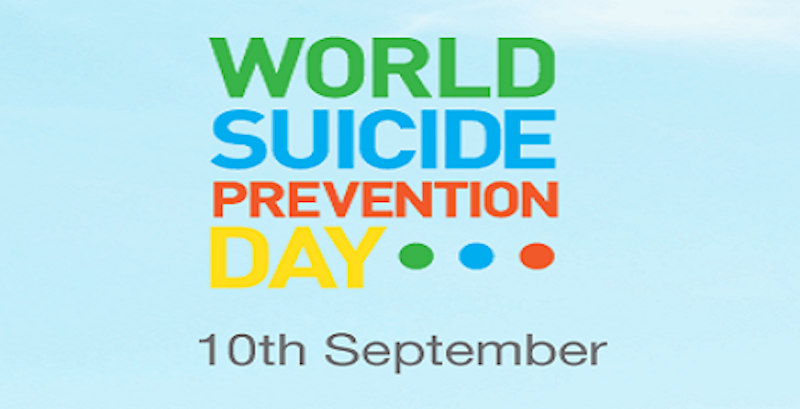5…4…3…2…1 – 5 Simple Steps
When anxiety takes over and threatens our peace of mind, we can feel overwhelmed and it can be difficult to stay in the moment.
The following “5-4-3-2-1” tool is a simple yet effective method for regaining control of your mind and aims to ground you again in the moment when anxiety threatens to take over.
This exercise helps bring us back to our senses by inviting us to focus on our senses and encourages us to focus on our breathing. As with any type of trigger, remembering to take deep breaths in and out will control hyperventilation and slow your heart rate.
This technique can be used in a panic attack as it promotes the calming response in our body to combat the emergency panic response in our body.

Look around and name five things you can see. Wherever you are, take the time to look up and around and focus on naming 5 items you can see around you. No matter how big or how small, state 5 things.

Look around and name four things you can touch. Whether it is the back of your own hand, your toes or the chair you may be sitting on. State 4 things you can feel.

Look around and name three things you can hear. These things need to be external sounds rather than any internal bodily sounds you can hear.

Look around and name two things you can smell. This may be tricky but you could focus on your breathing and smell the air going in and out of your lungs or you may be able to smell a cushion on the sofa or the palms of your hands.

Name one thing you can taste. You don’t have to actively look to put something in your mouth for this one. It may be the taste inside your mouth. Maybe you had a sandwich and coffee for lunch and you can still taste those flavours.
When intense emotions threaten to overwhelm us, focusing on the above exercise will help to ground you and bring your thinking part of your brain back online. You will regain a sense of control and calm in being able to help yourself combat anxiety triggers.
For more support with anxiety, get in touch with Alana to book an assessment session and to find out more about how psychotherapy can help with anxiety. You can also download a copy of the Southdowns Psychotherapy 54321 Grounding Exercise here.




